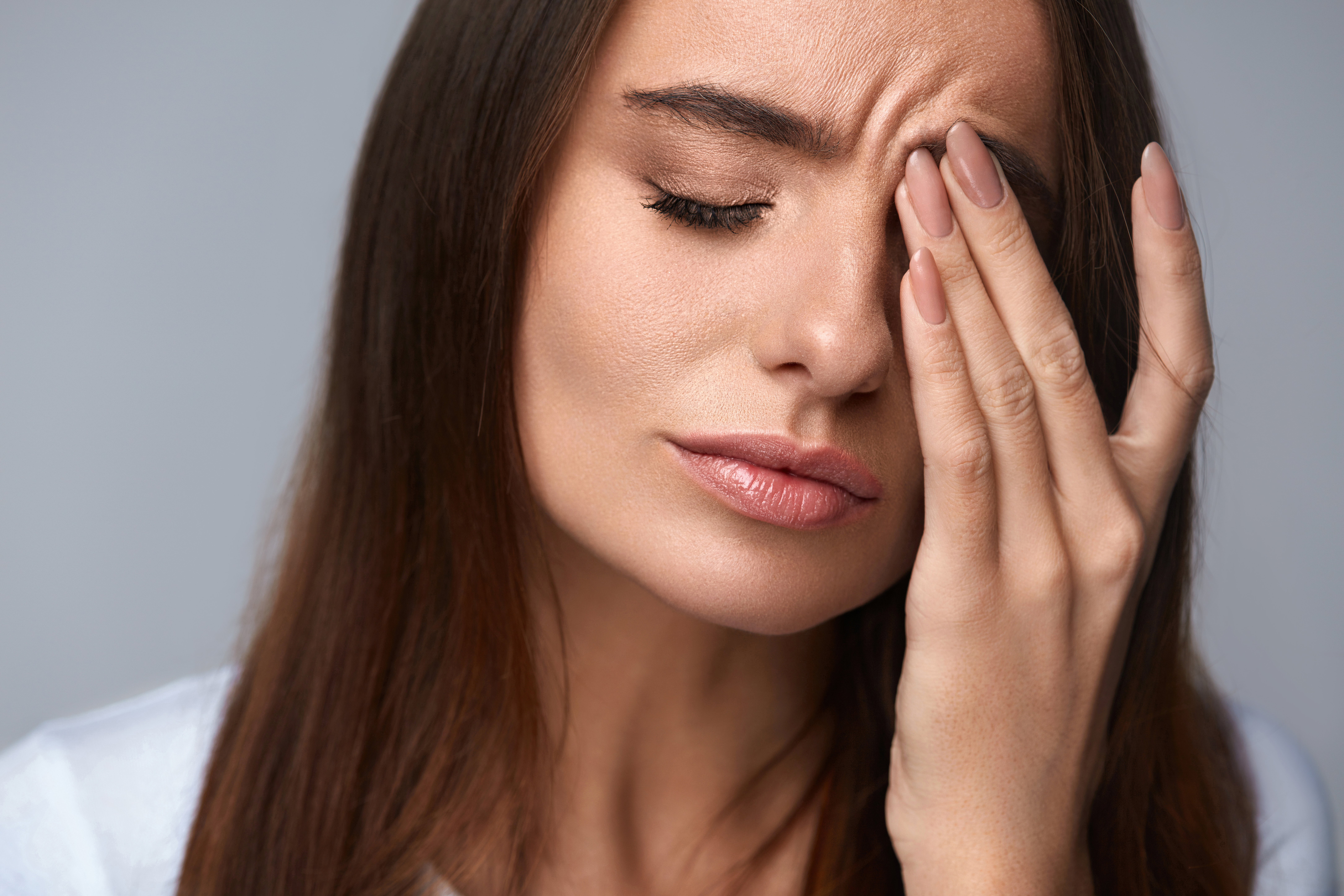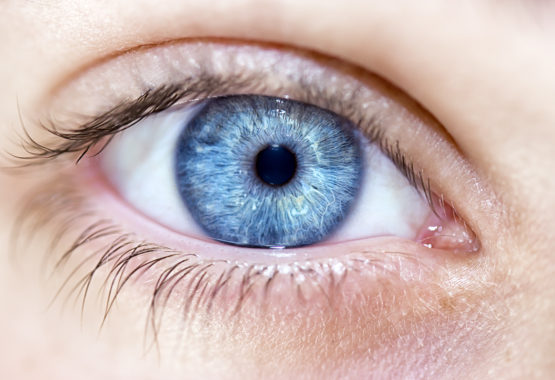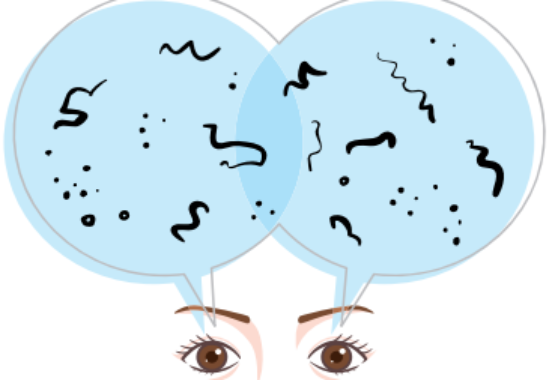Do you know what feeds your eyes? Have you ever wondered how the food you eat, or don’t eat affects your eye health? Proper nutrition is a key component in keeping your eyes healthy.
There are multiple nutrients associated with good eye health, including Vitamin C and E, Carotenoids, Beta Carotene, Lutein, Zeaxanthin, Omega 3 Fatty Acids, Zinc and Vitamins B6, B9, and B12. These important eye health nutrients are in quite a few food sources. A few examples of these food sources are fruits and vegetables, dark green leafy vegetables, citrus fruits as well as yellow and orange fruits and vegetables.
Let’s look into these food sources a little more closely.
Vitamin C and E are found in a multitude of different fruits and vegetables including; strawberries, bell peppers, broccoli, oranges, grapefruits and cantaloupe. Carrots, sweet potatoes, spinach, kale, tomatoes and winter squash are excellent sources of carotenoids. Beta Carotene foods include broccoli, romaine and green lettuce, butternut squash and peas. Beta Carotene is a fat soluble Vitamin, so eating foods with a fat like olive oil or nuts can assist in absorption. Lutein and Zeaxanthin are commonly found in cooked kale and spinach, corn, orange bell peppers, cooked collard greens, peas and Brussel sprouts. For the essential Omega 3 supplementation that our eyes need we can find it in flaxseeds, chia seeds, walnuts and soybeans. Whole grains and peanuts along with various legumes are all excellent sources of zinc. For your B vitamins eating whole grains, beans, lentils, sunflower seeds, almonds and dark leafy vegetables like spinach and kale are all excellent sources. Antioxidants are another powerhouse when it comes to your eye health. Antioxidants can be found green tea, berries and apples. So why are all of these nutrients so important for your eyes?
Having the proper nutrition can help prevent cataracts, macular degeneration and glaucoma. Whole food sources are always the best source for these nutrients. So it is important to pay attention to your nutrition and the sources you’re getting these vital nutrients from. More than 20 million Americans age 40 and older have cataracts, over 10 million Americans age 60 and over have age-related macular degeneration or AMD. These eye diseases occur as we grow older and proper nutrition can have an effect on both Cataracts and AMD.
Cataracts develop on the lens of the eye when proteins in the lens are damaged. These proteins are responsible for keeping the lens clear. When they become damaged the lens becomes cloudy or opaque and the vision may become blurry. Cataract surgery is often necessary to remove and replace the damaged lens with an artificial lens. AMD or Age Related Macular Degeneration occurs when cells in the macula of the eye die. The macula is located in the center of the retina in the back of the eye, and is responsible for your sharp, central vision, which is necessary for reading and other tasks that require good eyesight. Once the macula is damaged your vision is no longer clear and it is extremely difficult to make out the fine details of objects. Currently there is no cure for AMD, although proper nutrition may help prevent it from worsening.
It has also been shown that a diet high in refined carbs such as white rice, white bread, and pasta may actually increase your risk of developing AMD. This is due to these foods having a high glycemic index, which means that they are broken down rapidly into blood glucose or sugar. It is better to choose breads and pastas made from whole grains and brown rice for your complex carbs
Eye disease is one of the most common causes of permanent disability in the United States. You only get one set of eyes; let’s keep them as healthy as possible.






